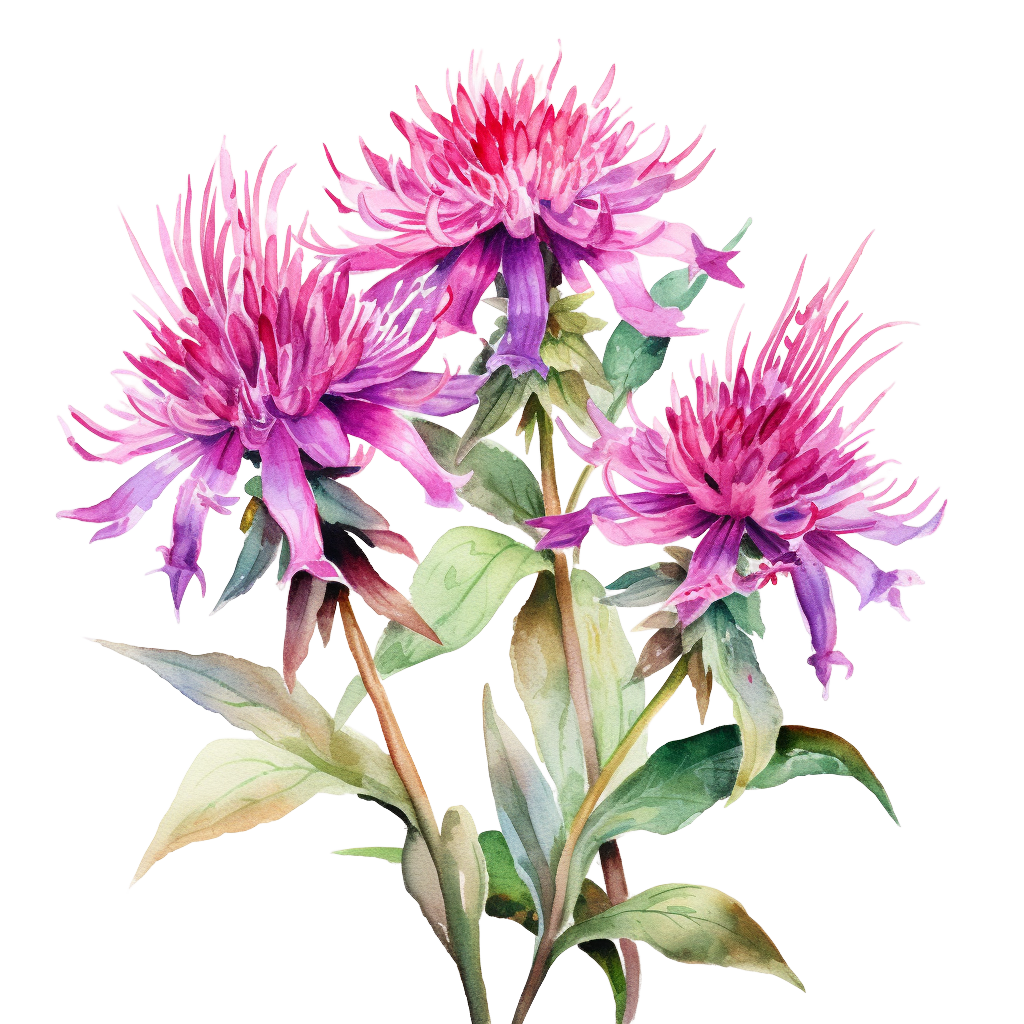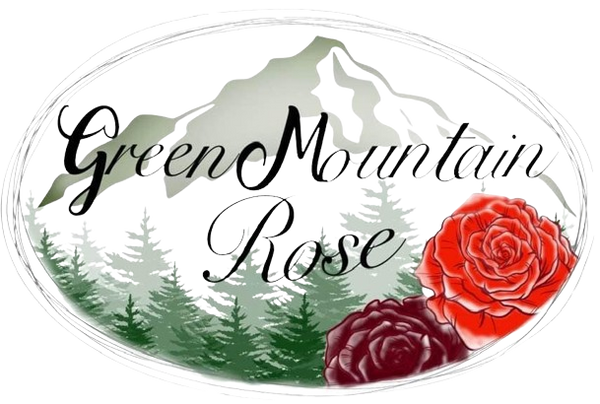
Bee Balm Benefits
RoniLynn ShroutShare
The Many Benefits of Bee Balm (Bergamot, Horse-Mint, Oswego Tea)
Bee balm—also known as Bergamot, horse-mint, or Oswego tea—is a versatile herb prized for its medicinal properties, culinary uses, and garden-friendly traits. From soothing respiratory conditions and easing digestion to attracting pollinators, bee balm is a multi-purpose plant that every herbal enthusiast and gardener should know about. Read on to learn the top benefits and practical uses of this powerful herb!
1. Medicinal Benefits
Antimicrobial and Antiviral Properties
- Key Compounds: Thymol and carvacrol give bee balm potent antimicrobial and antiviral effects.
- Traditional Uses: Historically used to treat minor infections like sore throats, colds, and fevers.
Digestive Aid
- Carminative Action: Bee balm tea can reduce bloating, gas, and indigestion by easing gas formation in the digestive tract.
Respiratory Support
- Clearing Congestion: Known to help relieve bronchitis and ease mucus buildup.
- Soothing Effect: Can calm the respiratory tract for more comfortable breathing.
Anti-Inflammatory Effects
- Pain Relief: Traditional medicine embraces bee balm to alleviate headaches, joint pain, and muscle aches.
- Inflammation Reduction: The herb’s anti-inflammatory properties help minimize swelling and discomfort.
2. Culinary Uses
Edible Leaves and Flowers
- Flavor Profile: Similar to oregano or mint, perfect for salads, soups, stews, and seasoning meats.
- Nutrient Boost: Add fresh or dried bee balm to diversify both flavor and nutrition in your dishes.
Herbal Tea (Oswego Tea)
- Citrusy, Minty Notes: Brew the leaves to create a refreshing herbal tea that aids digestion and relaxation.
- Versatile Base: Combine bee balm leaves with other herbs (like chamomile or lemon balm) for unique flavor blends.
3. Gardening Benefits
Attracts Pollinators
- Bees, Butterflies, Hummingbirds: Bee balm’s vibrant flowers draw essential pollinators, supporting the overall health of your garden.
- Better Yields: More pollinators can mean a higher fruit and vegetable output.
Companion Planting
- Pest Deterrent: The strong scent of bee balm can help repel certain pests while attracting beneficial insects.
- Garden Harmony: Its presence complements many vegetables, ensuring a balanced ecosystem.
4. Aromatherapy and Relaxation
Calming Effects
- Essential Oils: Derived from bee balm can be used in aromatherapy to reduce anxiety and stress.
- Topical Application: When properly diluted, these oils can be applied to the skin for a soothing, comforting sensation.
5. Topical Applications
Wound Healing and Skin Health
- Poultices and Salves: Bee balm’s antiseptic properties help prevent infection and promote faster healing for minor cuts and scrapes.
- Soothing Irritations: Helpful for rashes, bug bites, and other mild skin ailments.
Insect Bites and Stings
- Anti-Inflammatory & Analgesic: Helps calm redness, itching, and swelling caused by bites and stings.
6. Cultural and Historical Uses
Traditional Medicine
- Native American Heritage: Tribes have long used bee balm tea to treat colds, digestive disorders, and nerve discomfort.
Symbolism and Cultural Significance
- Healing & Protection: Often viewed as a symbol of wellness and resilience across various cultures.
A Note on Storage: Lotions and Bee Balm Products
If you’re enjoying bee balm-infused lotions or salves (like those created by Green Mountain Rose), proper storage is essential:
- Avoid Direct Heat: High temperatures or direct sunlight may cause the product to melt or separate.
- Refrigeration: If melting occurs, pop it in the fridge for a short time to solidify.
- Order Mindfully: In warm climates or during transit, consider freezing the product upon arrival to maintain consistency.
- Subtle Scents: Therapeutic-grade essential oils used in these lotions offer gentle fragrances without added perfumes or dyes.
Conclusion
Whether you’re craving respiratory relief, looking for a natural digestive aid, or seeking a pollinator-friendly addition to your garden, bee balm is a herb worth exploring. From tea and tinctures to topical salves and aromatherapy applications, its versatility and rich history make it a valuable plant for both health and culinary enthusiasts.
Disclaimer: The information provided on this website is for educational purposes only and is not intended as a substitute for professional medical advice, diagnosis, or treatment. Readers are advised to consult with a qualified healthcare professional before making any changes to their healthcare regimen based on the information provided in this post. The author and publisher disclaim any liability arising directly or indirectly from the use of the information contained herein.




